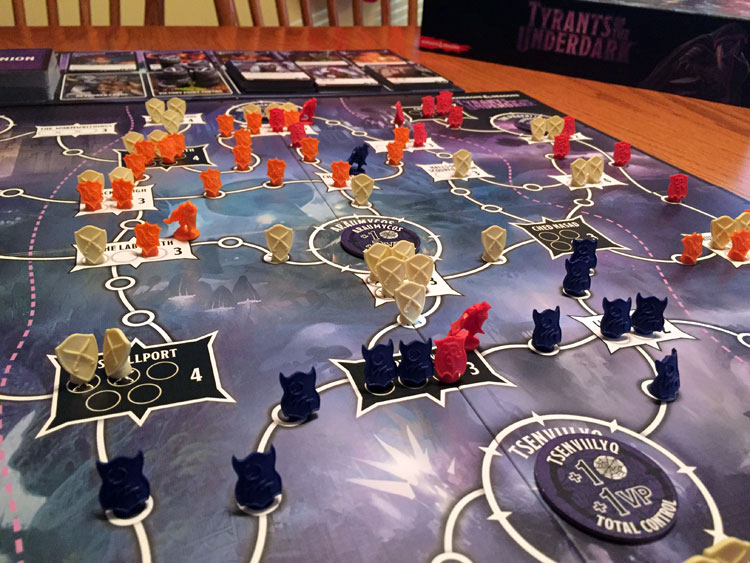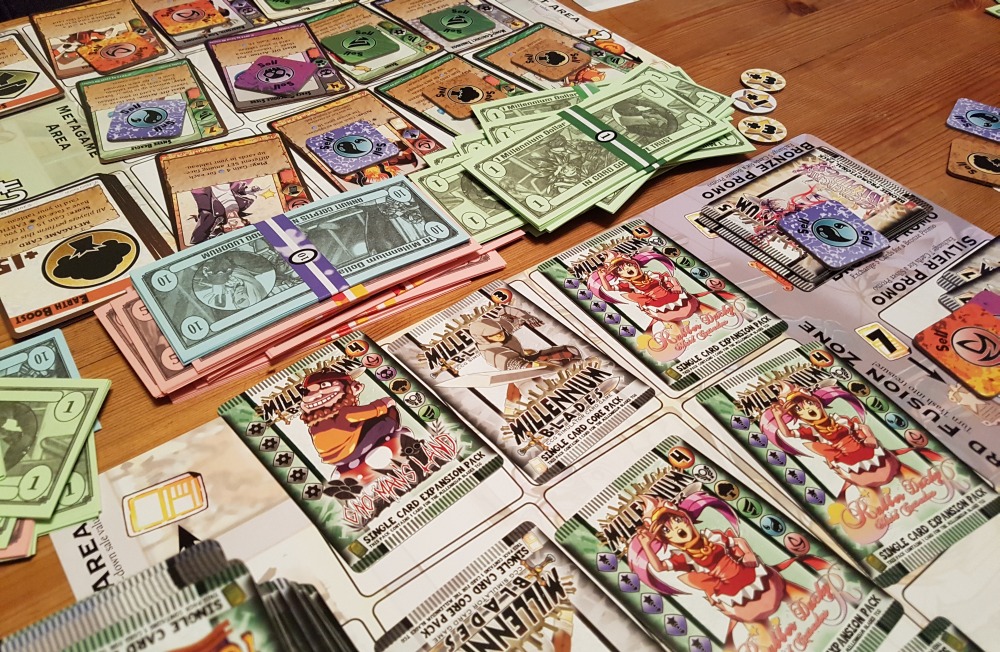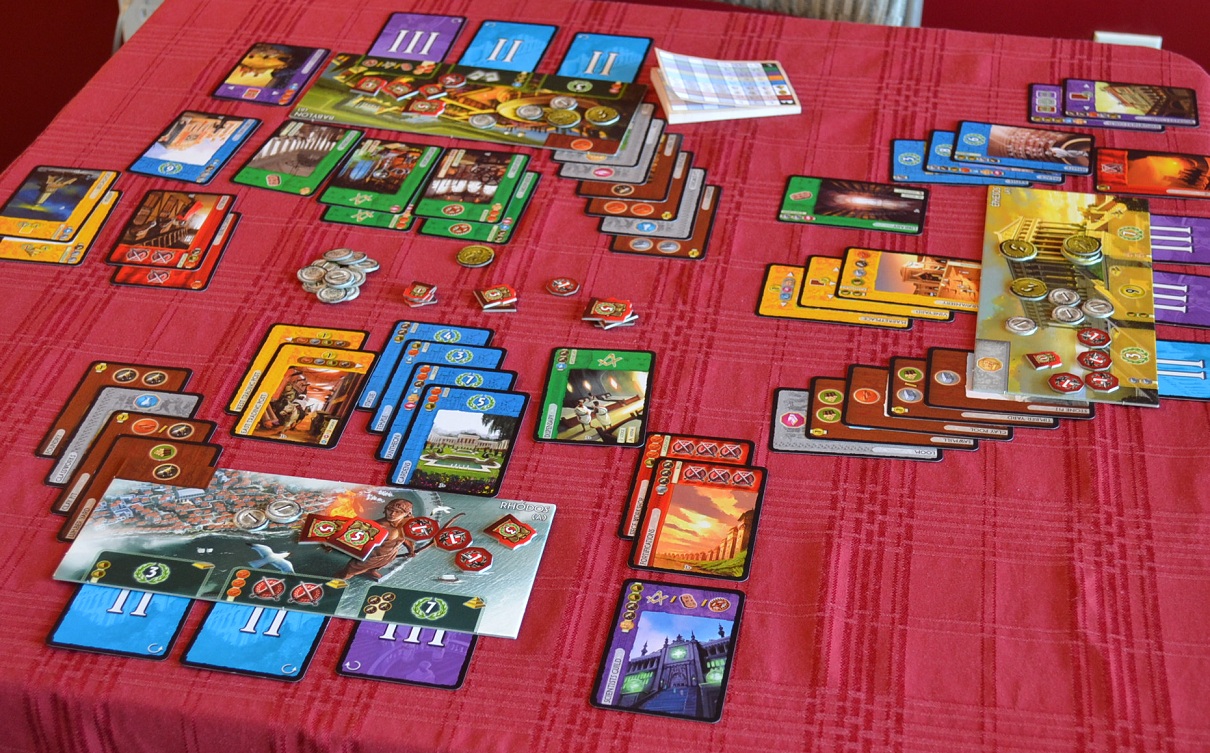Designer: Uwe Rosenberg
Do you like Agricola or Caverna? Are you lacking in friends? Well, Fields of Arle is a Uwe Rosenberg game built for two.
Players play as farmers in northern Germany. During each turn, they will farm, grow animals, harvest peat, move dikes, as well as produce craft goods, craft tools and wagons and engage in trade, in an attempt to earn the most victory points.
Interesting mechanic: half-years. Each turn plays over a half-year. which means odd-numbered turns will happen in the spring and even-numbered turns will happen in the winter. Each season has an entirely seperate action track – the spring focuses more on farming, whereas the fall is more towards producing goods. However since it’s a worker placement game, this means it is too easy for you to block the player. So once per season, one of the players has the option of playing on the OTHER season’s movement track. However, doing so gives the player control of first player the next turn.
If you like farming simulators like Agricola, but more frequently than not play them with just two people, Agricola is pretty perfect for you. It is tightly balanced to provide tension at two players that frankly isn’t there with the cames designed for larger crowds.
(Photo Source: er, here)








Recent Comments